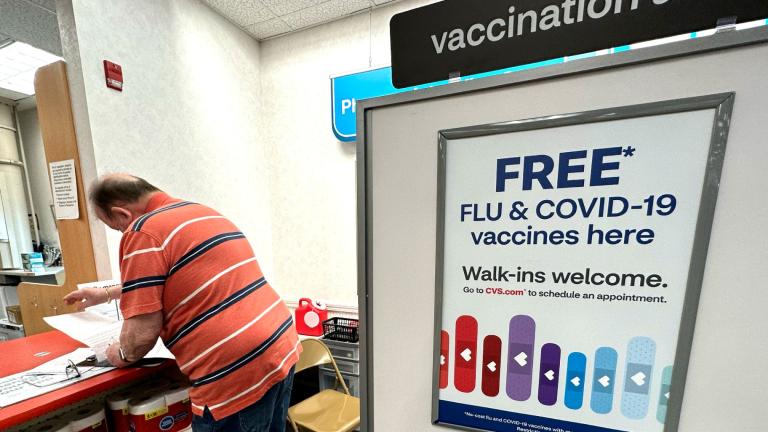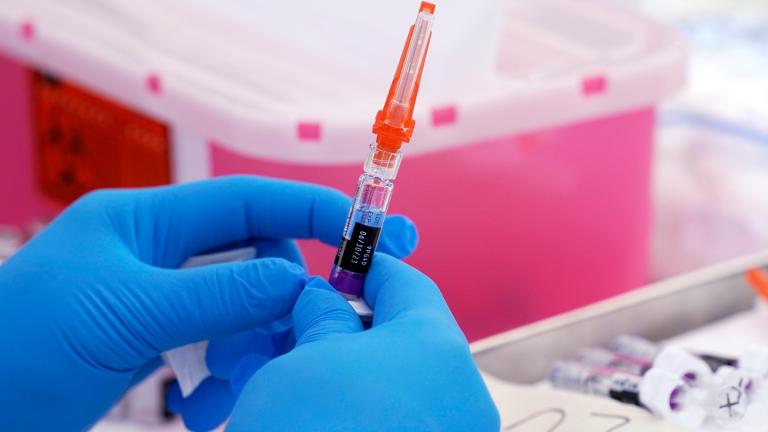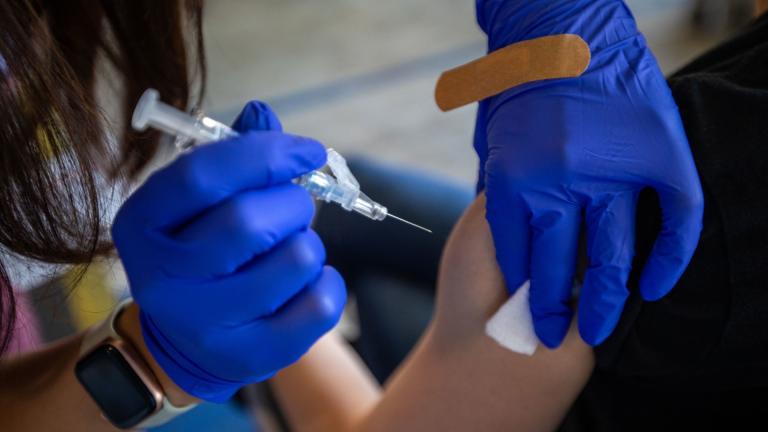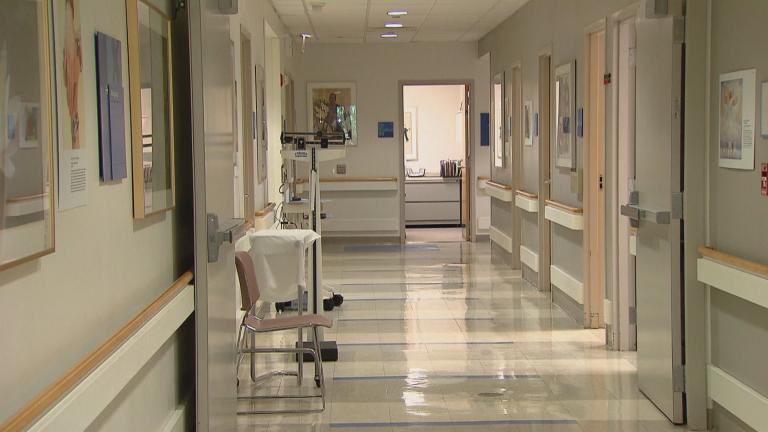Illinois and 21 other states are dealing with epidemic levels of influenza, according to the Centers for Disease Control and Prevention. Fifteen children have died so far this flu season, though none in Illinois.

This year’s flu vaccine isn’t a good match for one of the dominant strains of flu that’s circulating, meaning it’s far less effective than hoped. But Dr. Jorge Parada, Medical Director of the Infection Prevention and Control program at Loyola University Health System, says it’s important not to underestimate the importance of getting vaccinated.
“Because so many people have a less symptomatic course or bounce back because they’re young and healthy, they’re out and about riding public transit, going to work, living their normal life,” Parada said. “The problem is that we also have a lot of people who are much more vulnerable. The population is much older than it used to be. We have far more people on potent immunosuppressants, who have gotten transplants, who are living with HIV, than at any point in the last two decades. My main message about getting vaccinated is that it’s not just about you. It’s about that person who really can’t afford to catch the flu, because in their case, it could be a lethal infection.

Dr. Parada says the influenza virus mutates easily, making it difficult to correctly predict the dominant strains and formulate the vaccine for each year’s flu season. But another part of the problem is the vaccine’s slow manufacturing process, according to Dr. Gregory Huhn, Associate Director for the Rush University/Stroger Hospital of Cook County Infectious Diseases Fellowship Program.
“It’s based on embryonated chicken eggs, which is a technology that goes back to the 1930s or 40s,” Huhn said. “What it speaks to is the need to advance the technology so we’re able to make a quicker determination about the strains that go into the vaccine, and then start manufacturing maybe one to two months before we release it to the general public. There’s certainly a drive to (improve the technology) and a compelling need for a game-changing vaccine. It’ll take several years to develop, so we’re looking at probably 8-10 years down the line.”








